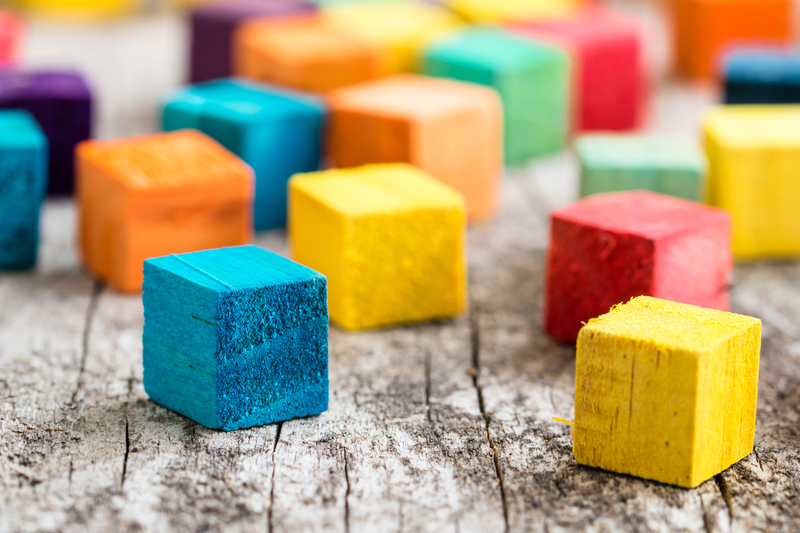Innovations and Ideas to End Microplastic Pollution
The menace of microplastic pollution has escalated into a global environmental crisis, penetrating even the remotest regions of our planet. These tiny plastic particles, often less than 5mm in size, have infiltrated oceans, rivers, and landscapes, posing severe threats to marine life, wildlife, and human health. Addressing this challenge calls for innovative strategies and collaborative action. In this article, we delve into fascinating innovations and ideas that are pioneering efforts to mitigate and eventually end microplastic pollution.
Understanding the Sources of Microplastic Pollution
Before exploring potential solutions, it is crucial to understand the origins of microplastics. Primarily, they stem from two sources:
Primary Microplastics
- Pre-production pellets, commonly known as 'nurdles', are used in the manufacturing of plastic products.
- Microbeads found in cosmetic products like exfoliants and toothpaste.
Secondary Microplastics
- These originate from the degradation of larger plastic items due to environmental factors such as UV radiation and ocean currents.
- Synthetic fibers shed from washed clothing also contribute significantly to this category.

Innovative Approaches to Combat Microplastic Pollution
The global effort to tackle microplastic pollution has led to the development of numerous cutting-edge technologies and innovative ideas:
1. Advanced Filtration Systems
One promising solution is the integration of advanced filtration systems in washing machines. These systems are designed to capture microfibers released during washing, preventing them from entering water streams:
- Lint LUV-R: A proven filter for washing machines, effectively trapping microfibers.
- Xeros Technology: Introducing polymer bead technology that absorbs and filters out microfibers during washing.
2. Biodegradable Plastics
Developing plastics that degrade naturally presents a potential long-term solution. Innovations in this area include:
- PLA (Polylactic Acid): Derived from renewable resources like corn starch, PLA is an environmentally friendly alternative to traditional plastics.
- PHA (Polyhydroxyalkanoates): These are polyesters produced by bacterial fermentation of sugars and fats. PHA items completely degrade in nature without leaving harmful residues.
3. Magnetic Nanoparticles
An emerging idea focuses on employing magnetic nanoparticles to remove microplastics from water bodies:
- These particles attach to microplastics, making it easier to extract them using magnets.
- Research demonstrates the potential to clean up large volumes of water efficiently.
Community and Policy-Driven Solutions
Innovative technologies alone cannot resolve the microplastic crisis; community engagement and robust policies are equally essential. Some noteworthy strategies include:
1. Educational Programs
Raising public awareness through education is crucial:
- School curricula that include the environmental impacts of plastics and ways to minimize personal footprints.
- Community workshops and campaigns focused on sustainable living practices and plastic reduction techniques.
2. Legislative Measures
Effective legislation can hasten the reduction of microplastic pollution:
- Banning microbeads in personal care products, a policy already enacted in many countries, has proven effective.
- Implementing regulations on the textile industry to reduce microfiber release during manufacturing and use.
3. Cleanup Initiatives
Organizing cleanup drives targeting local water bodies aids in immediate removal of surface-level plastics:
- Collaborating with non-profits dedicated to environmental conservation can amplify these efforts.
- Use of drones and automated systems for efficient debris collection on difficult terrains.
Corporate Responsibilities and Innovations
Corporations play a pivotal role in reducing microplastic pollution through responsible practices and innovation:
1. Sustainable Packaging Solutions
Adoption of eco-friendly materials for packaging by major companies is on the rise:
- Replacing traditional plastics with compostable alternatives for packaging.
- Implementing reusable and refillable product designs.
2. Product Design and Lifecycle Management
Designing products with environmental sustainability in mind involves:
- Investing in Research & Development for alternative materials that reduce the environmental impact.
- Lifecycle analysis to enhance the reusability and recyclability of products.

Individual Actions to Mitigate Microplastic Pollution
Every individual can contribute significantly to reducing microplastic pollution through small changes in daily habits:
- Opting for natural fabrics like cotton and wool over synthetic textiles.
- Using biodegradable personal care products free from microbeads.
- Advocating for plastic-free zones and supporting businesses with sustainable practices.
Conclusion
Ending microplastic pollution is a formidable challenge that requires a multifaceted approach comprising technological innovations, policy changes, corporate accountability, and community actions. As we advance, embracing both innovative solutions and collaborative efforts will be pivotal to safeguarding our planet. By educating ourselves and taking proactive steps, we can contribute to a future where microplastic pollution is significantly minimized, ensuring a healthier ecosystem for generations to come.